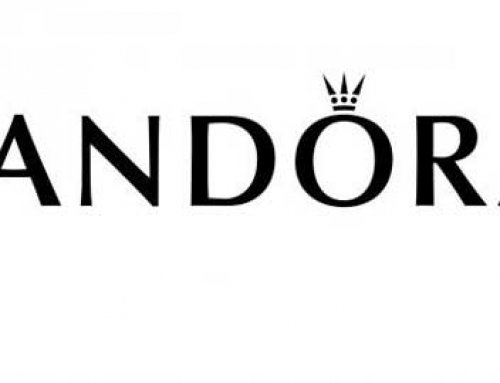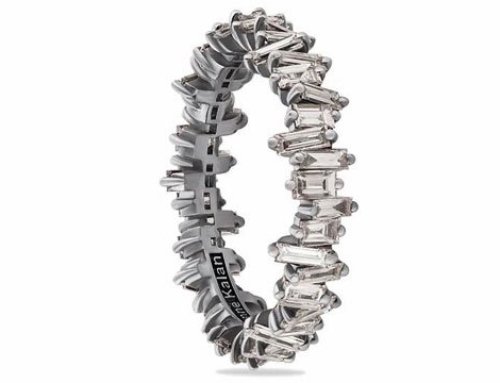Resisting the urge to offer bargains and discount can help you stop surviving competitive pricing and start thriving.
It used to be that price was determined by supply and demand. That’s no longer the case; price is now used as a marketing tool to drive sales. In a world dominated by the likes of Amazon and Zara, today’s consumer is motivated by low prices, the discount and fast fashion.
However, the assumption that fine jewelry retailers and brands should adopt similar competitive pricing or discount strategies is short-sighted. That approach has resulted in consumers’ disenchantment with fine jewelry, weakening demand.
Pricing impacts revenue. It has long-term effects on the company’s profitability, consumer behavior, and the health of our industry as a whole. When the power to make promotional and pricing decisions lies in the hands of marketers who are incentivized to meet short-term, gross-revenue targets but are not accountable to a company’s long-term growth, the entire industry suffers.
Sell the dream, not the commodity
Commodities like oil, steel or gold are still priced according to supply and demand. However, pricing for luxury goods like watches, jewelry, art and wine is influenced predominantly by created demand, and to a much smaller extent, supply (i.e., availability, exclusivity, rarity). Marketing and branding are what create that demand. An art gallery would never price a painting based on the cost of the paint and canvas, nor would a vineyard price a bottle of wine based on the cost of grapes that year. Once craftsmanship, design, skill and branding are removed from the conversation, the consumer loses the desire for the product, because we’ve trained them to focus on the price and discount rather than on the dream they’re purchasing.
Leave the “everyday low price” approach to the consumer-goods sector
The “everyday low price” strategy works for retailers like Amazon, Walmart and Costco because of the frequency with which people buy consumer goods — detergent, toothpaste, etc. Such retailers make small margins on each product, but make up for it in sales volume. People simply don’t buy jewelry frequently enough to support a low-margin, high-volume pricing strategy. Without margins or high repeat sales numbers, jewelry retailers don’t have the cash flow to invest in marketing to cultivate awareness, create demand and increase profitability.
When retailers compete to offer the lowest prices, wholesalers’ margins come under pressure as well. They turn to lower-quality materials and production to increase profit, and the overall quality and integrity of the product suffers. Consumers are inundated with mediocre jewelry that all looks the same, and this further weakens demand.
Protect your brand equity by avoiding secondary sale sites
Periodic discounting or selling on resale sites like Gilt, either to get rid of inventory or to sell more volume at lower margins, is a short-term fix that will drive your brand into the ground. Consumer expectations and behavior are very difficult to change once they’ve been set. Once customers know something will go on sale, they become unwilling to buy it at the regular price.
A brick-and-mortar retailer might not be as concerned, but when a single Google search shows a customer that a particular brand of jewelry was sold on Gilt for a third of the price, the chances of her buying jewelry at full price decreases exponentially. The retailer or brand becomes increasingly dependent on discounting to drive foot traffic and purchases, and the same destructive cycle repeats itself.
Reinvigorating the jewelry industry
What can we do? Rather than focusing on competitive pricing and discounting, retailers can create experiences and provide services that add value for their customers to keep them engaged and coming back. Wholesalers and brands that have been sacrificing quality to increase margins should invest in skilled designers and good craftsmanship to produce unique collections that use less material, and add a direct-to-consumer point of sale.
Finally, rather than looking for what we can cut to survive as individuals, let’s focus on where we can collaborate, innovate and invest to reinvigorate our industry.
“Do not compromise on the quality and your customers will not negotiate on the price.”
Sylvain Goldberg







